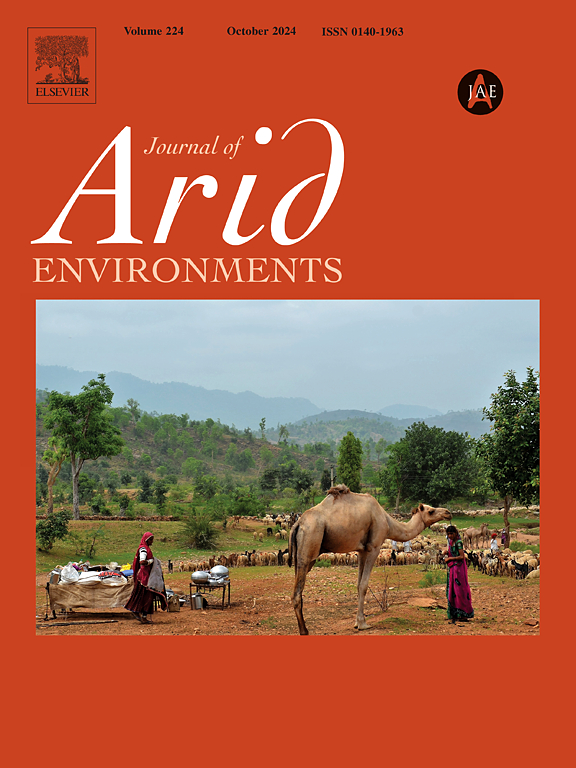埃塞俄比亚干旱地区木质燃料生产的社会经济影响
IF 2.5
3区 环境科学与生态学
Q2 ECOLOGY
引用次数: 0
摘要
政策制定者和其他规划者经常将木材燃料生产与环境可持续性、能源和生计联系起来讨论。人们越来越意识到木质燃料对环境的负面影响,如森林砍伐和温室气体排放。然而,人们对木材燃料生产与其他社会经济和生计问题之间的关系探讨较少。本研究旨在调查埃塞俄比亚干旱林地木材燃料生产的社会经济影响。研究人员从生产木材燃料和不生产木材燃料的家庭中选取了 1114 名受访者。数据是通过关键信息提供者访谈、焦点小组和家庭调查收集的。研究采用倾向得分匹配 (PSM) 模型考察了木质燃料生产对年度现金总收入和总体生计资产的影响。木质燃料对家庭收入的贡献很大,木炭占年度现金总收入的 35.9%,木柴占 6.6%。平均而言,木柴燃料占家庭全年现金总收入的 4.5% 到 70%。木柴生产对家庭年度现金收入和总体生计资产的影响分别为 21,673.63 埃塞俄比亚比尔(387 美元)和 10,304.21 埃塞俄比亚比尔(184 美元)。研究结果表明,各组织和规划者应优先考虑可持续木材燃料生产,平衡社会经济、制度、技术和环境影响。本文章由计算机程序翻译,如有差异,请以英文原文为准。
Socio-economic impact of Woodfuel production in dryland environment of Ethiopia
Policymakers and other planners often discuss woodfuel production in relation to environmental sustainability, energy, and livelihood. There is a growing awareness of the negative environmental impacts of woodfuel, such as deforestation and greenhouse gas emissions. However, the relationship between woodfuel production and other socio-economic and livelihood issues has been less explored. This study aims to investigate the socioeconomic implications of woodfuel production in Ethiopia's dry woodlands. A total of 1114 respondents were selected from households that produce woodfuel and those that do not. Data was collected through key informant interviews, focus groups, and household surveys. The study examined the impact of woodfuel production on total annual cash income and overall livelihood assets using a propensity score matching (PSM) model. Woodfuel contributes significantly to household income, with charcoal accounting for 35.9% and firewood for 6.6% of total yearly cash income. On average, woodfuel makes up between 4.5% and 70% of total yearly cash revenue for households. The impact of woodfuel production on households' yearly cash income and overall livelihood assets was Ethiopian Birr 21,673.63($387) and Ethiopian Birr 10,304.21($184), respectively. The findings suggest that organizations and planners should prioritize sustainable woodfuel production by balancing socioeconomic, institutional, and technological with environmental impacts.
求助全文
通过发布文献求助,成功后即可免费获取论文全文。
去求助
来源期刊

Journal of Arid Environments
环境科学-环境科学
CiteScore
5.70
自引率
3.70%
发文量
144
审稿时长
55 days
期刊介绍:
The Journal of Arid Environments is an international journal publishing original scientific and technical research articles on physical, biological and cultural aspects of arid, semi-arid, and desert environments. As a forum of multi-disciplinary and interdisciplinary dialogue it addresses research on all aspects of arid environments and their past, present and future use.
 求助内容:
求助内容: 应助结果提醒方式:
应助结果提醒方式:


